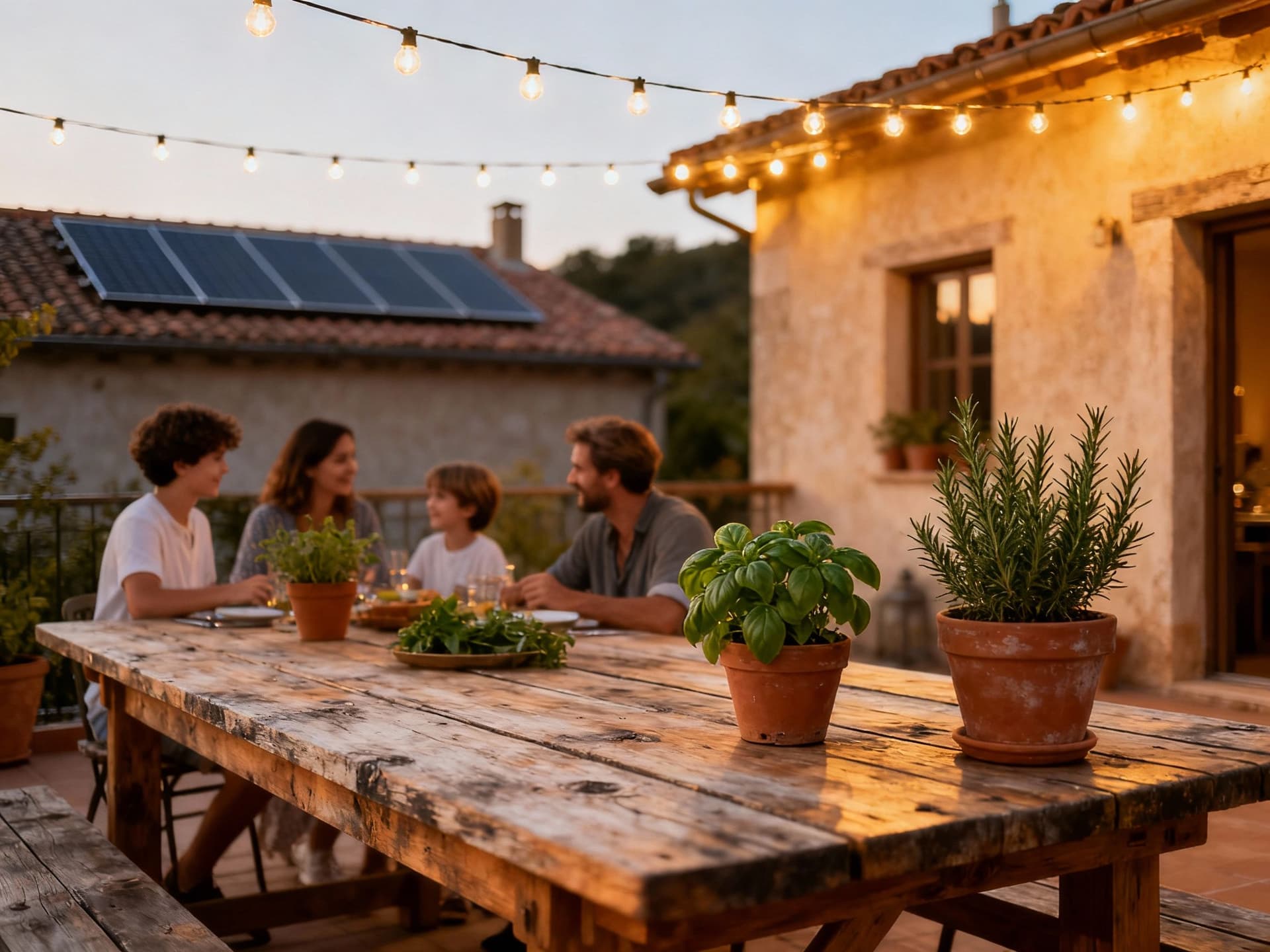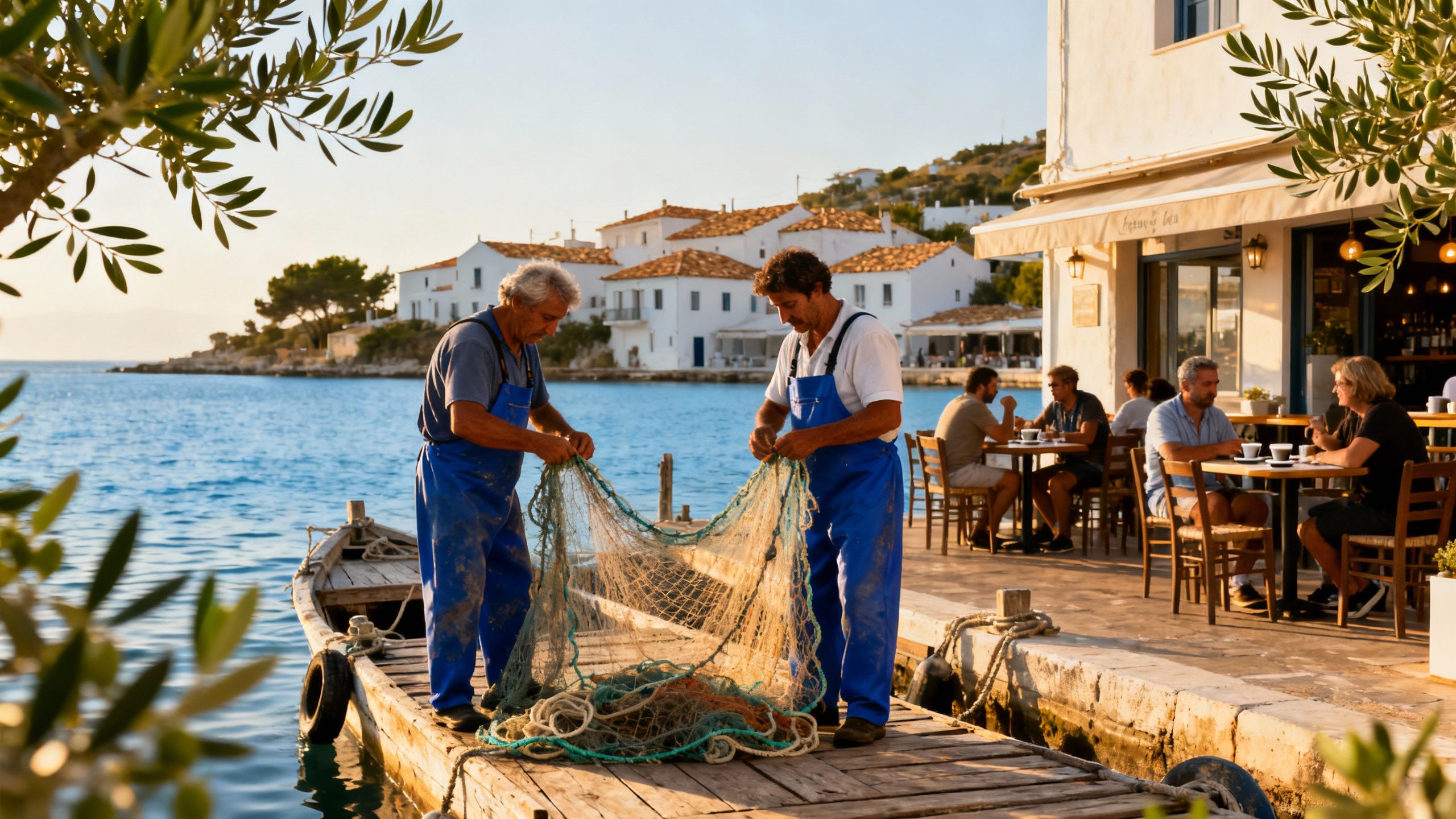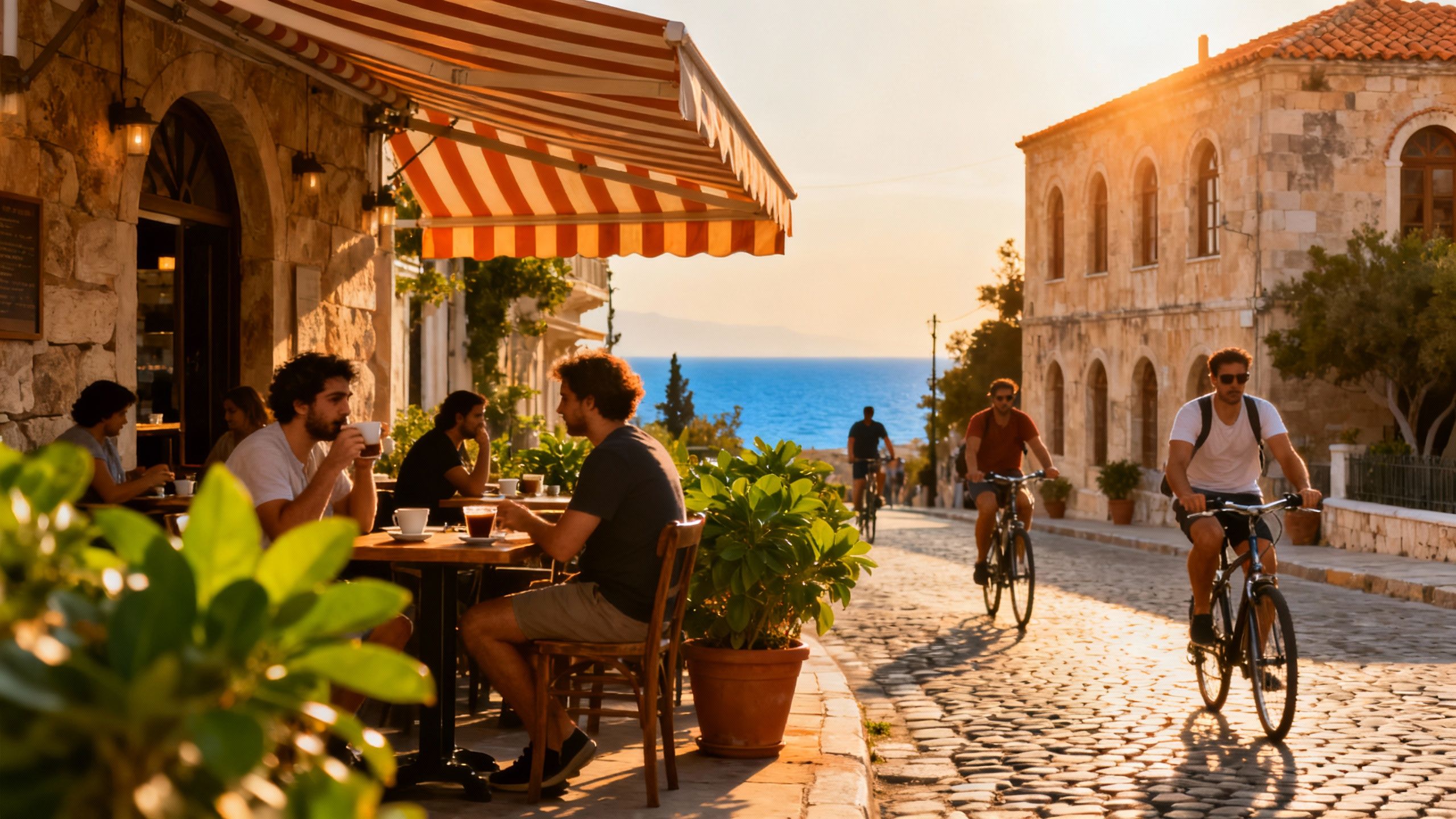Where French Charm Meets Renewable Momentum
How France’s regions blend daily life with growing renewable infrastructure — practical checks, local quirks and market sources to buy a greener home.
Imagine waking to the smell of baking bread on rue des Martyrs, then driving an hour to a sunrise swim on the wild Atlantic coast—France is that textured: village mornings, market chatter, and regions quietly building a greener future. For buyers who want a home that sits lightly on the land, France’s mix of sun-soaked solar farms, coastal wind projects and long-standing hydro infrastructure means you can find places where lifestyle and renewable energy overlap.
Living the French life — in places powered (partly) by renewables

Daily life in France still tastes of seasons: morning markets on cobbled squares, late-afternoon cafés in shaded terraces, and weekend hikes with cheese and a thermos. In regions where solar and hydro capacity are growing — Provence, Nouvelle-Aquitaine and parts of Auvergne-Rhône-Alpes — you’ll notice municipal efforts that stitch green infrastructure into community life: bike chargers outside the mairie, village co‑op solar arrays, and farmers shifting to agro‑voltaics. That’s not abstract policy; it shapes how your home feels and how resilient it is through summer heat or a chilly winter.
Spotlight: Provence-Alpes-Côte d’Azur and the Riviera hinterland
Picture olive groves sloping toward lavender fields and terraced stone hamlets using rooftop solar and community heat-pump schemes. The Region Sud (PACA) has public commitments to expand renewables and retrofit buildings — a boon if you want a stone farmhouse with modern thermal comfort. Villages around Forcalquier and the Luberon are quietly attracting buyers who value restored masonry, thick walls and solar-integrated roofs rather than glass-and-steel showpieces.
Food, markets and social life: where green living tastes good
Mornings here are about produce and conversation: markets in Bordeaux’s Capucins, Lyon’s Croix-Rousse, and the Sunday morning brocante in Saint-Rémy. These places tie local food systems to short supply chains — farmers selling directly, cooperatives sharing land for agroforestry — and that matters when you look for a property that supports a garden, orchard, or small-scale solar array. In many regional towns, community energy projects sit alongside weekly markets, not far from where you’ll park your bike.
- Lifestyle highlights to look for (real places and experiences)
- Morning market at Marché des Capucins (Bordeaux) — great for sourcing preserved foods and meeting neighbours
- Cycling lanes and EV chargers in Nantes and Grenoble — town-scale green mobility in action
- Sunset walks on Cap Ferret or Biarritz — coastal life where local councils invest in dune protection and sustainable tourism
Making the move: practical considerations that preserve lifestyle and the planet

Dreams meet deeds here: prices vary wildly from Paris arrondissements to Dordogne hamlets, and green infrastructure can alter both costs and comfort. Use national indices to compare where price momentum meets renewable investment — for example, coastal Nouvelle-Aquitaine and parts of Occitanie combine rising popularity with recent solar and wind projects. Practical choices — orientation for solar panels, thermal mass in old stone houses, and access to community energy schemes — will change your monthly bills and your sense of seasonality.
Property styles and what they mean for green living
Old stone houses offer thermal stability and beautiful thick walls but often need insulation upgrades and modern heat systems; new eco‑builds promise fabric-first efficiency but sometimes sacrifice character. If you love gardens and food culture, look for houses with south-facing terraces, existing solar, and rainwater systems. For a coastal rhythm, consider renovated fishermen’s cottages with seawater-resistant materials and passive cross‑ventilation.
Why a local, lifestyle‑minded agency matters
A small, place‑rooted agency will know which towns have community solar, which mayors support rooftop arrays, and which communes restrict large-scale panels to preserve landscapes. Think of your agent as a translator between your lifestyle vision and local rules — they’ll tell you whether the hamlet’s water table supports a garden irrigation plan, or if a renovated farmhouse can legally add a discreet carport with integrated panels.
- Steps to marry lifestyle wishes with practical checks
- 1) Visit in two seasons — taste summer markets and winter village life before making offers.
- 2) Ask sellers about energy bills, solar metering and insulation reports — these tell a truer story than glossy photos.
- 3) Confirm municipal energy plans and building rules with the mairie to avoid surprises when adding PV or heat pumps.
Insider knowledge: myths, local quirks and expat realities
Contrary to a common myth, the ‘green premium’ is not always a big upfront tax on buyers — often it’s an investment that lowers running costs and increases demand in the long run. Yet buyers should be suspicious of vague seller claims of “eco‑renovated” without documentation. Expat buyers tell us the most common regret is underestimating language friction in planning meetings and neighbourly expectations when you propose solar on a shared roof.
Cultural quirks that change where you buy
French villages have unspoken limits: a mairie may prefer keeping roofs visible in historic centres; farmers may resist large fields of panels near vineyards. That cultural context affects renovation permissions and neighbour relations — a quiet ‘no’ can be more decisive than an official refusal. Learn the local rhythm: weekday market schedules, the timing of town council meetings, and Saturday boulangerie runs — these are your entry points.
Long-term living: what changes after you move
Buyers who stay report a subtle shift: you begin to shop with the seasons, replace fast renovations with artisan repairs, and treat energy as part of the home’s personality. Houses close to community projects tend to see stronger neighbourhood cohesion and, over time, steadier value as local councils invest in flood protection, rewilding and energy‑saving infrastructure.
- Top red flags eco‑minded buyers shouldn’t ignore
- No documented energy diagnostics for retrofitted works.
- Evidence of water stress (low wells, municipal restrictions) for properties with large gardens.
- Heritage restrictions that prevent discreet renewable installations.
- Absent community plans for energy or mobility in areas where climate shocks are rising.
Conclusion: If you want life that tastes of place and also performs — lower bills, more autonomy, and greener neighbours — France offers an array of regions where those priorities meet. Start with seasonal visits, a local agency that understands both terroir and technical permits, and documents: energy audits, mairie planning notes and notary reports. These will turn longing into a long, well‑stewarded life.
British expat who traded Manchester for Mallorca in 2017. Specializes in guiding UK buyers to luxury Spanish estates with clear navigation of visas and tax.


